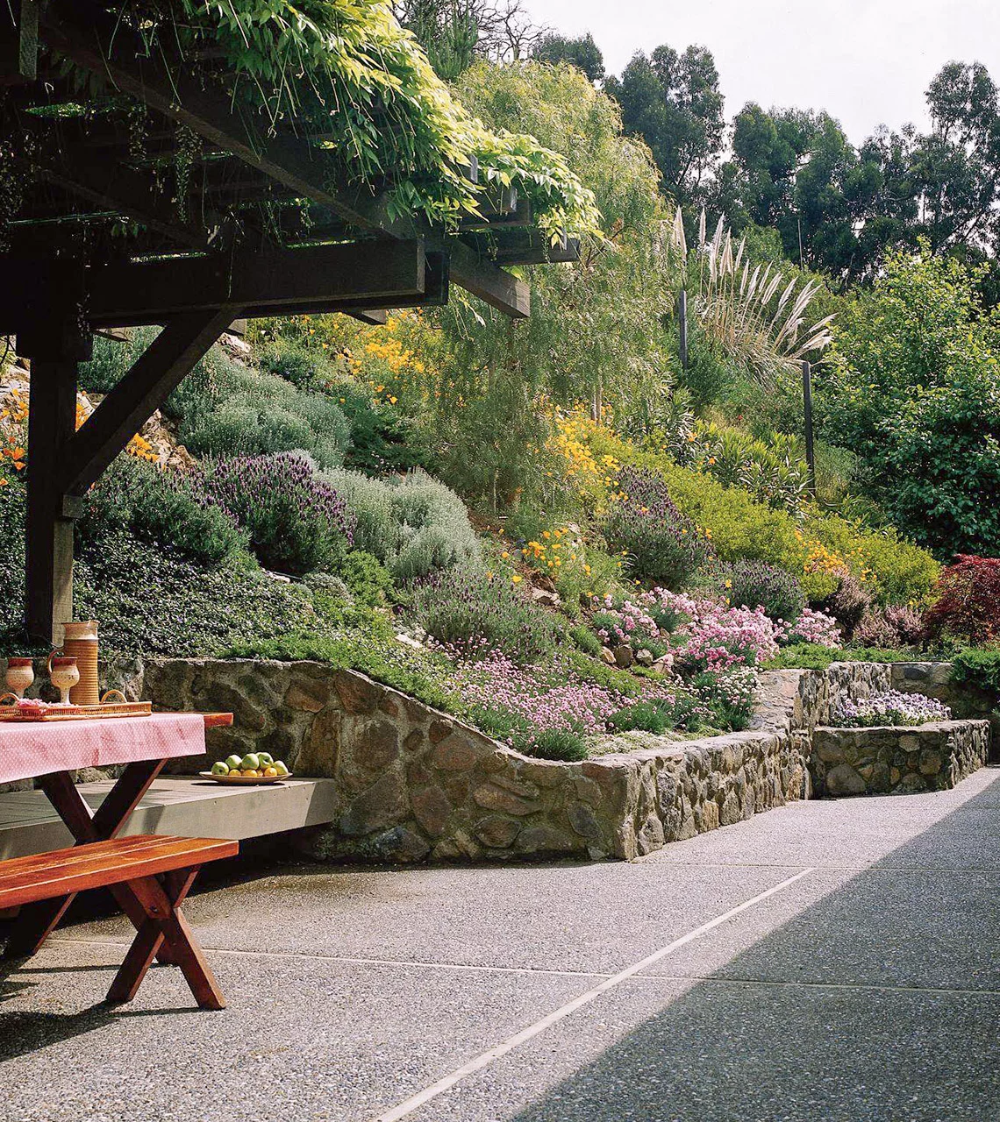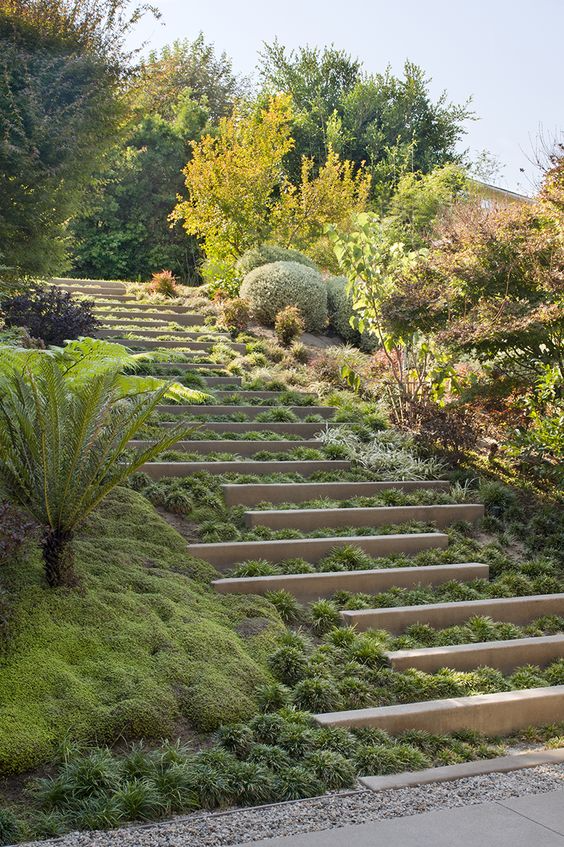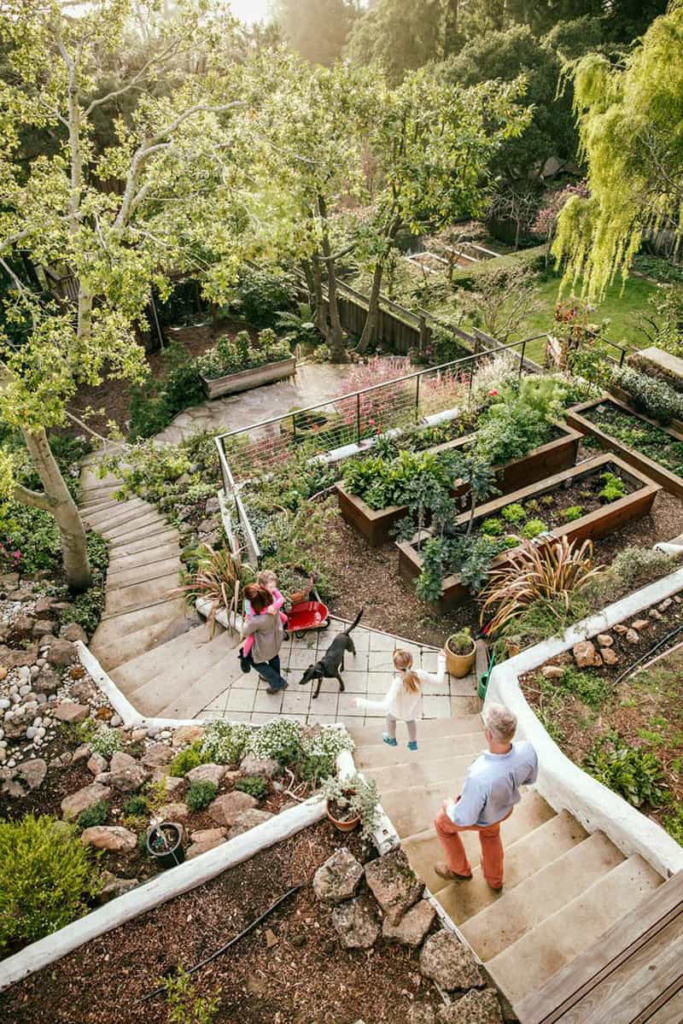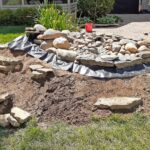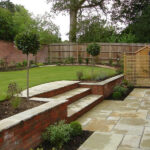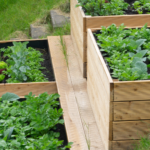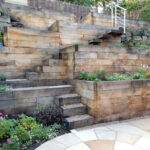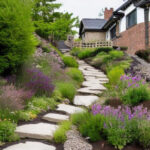Gardening on a slope can pose unique challenges and opportunities for gardeners. One of the key factors to consider when designing a garden on a slope is managing water runoff. Without proper planning, water can erode the soil and wash away your plants. To address this issue, consider incorporating terraces or retaining walls into your design. These structures can help control water flow and maximize the use of space on the slope.
Another important consideration when designing a garden on a slope is plant selection. Choose plants that are adapted to the specific conditions of your slope, such as drought-tolerant plants that can thrive in well-draining soil. Additionally, consider the microclimates that may exist on your slope, such as areas that receive more or less sun or wind exposure. This information can help you select plants that will thrive in different areas of your garden.
Incorporating hardscaping elements into your slope garden design can also help create a visually appealing and functional space. For example, pathways, stairways, and seating areas can make navigating the slope easier and more enjoyable for you and your guests. Additionally, hardscaping elements can help stabilize the soil and prevent erosion, further enhancing the longevity of your garden.
To maximize the aesthetic appeal of your slope garden, consider creating visual interest through the use of color, texture, and height. For example, plant low-growing ground covers or ornamental grasses along the edges of terraces or retaining walls to soften the hardscaping elements. Intersperse taller plants or trees throughout the garden to create depth and add vertical interest to the landscape.
Maintenance is another important consideration when designing a garden on a slope. Due to the steep terrain, some areas of your garden may be difficult to access for watering, weeding, and pruning. Consider installing irrigation systems or planting low-maintenance plants to reduce the amount of upkeep required. Regular monitoring and maintenance of your slope garden will ensure it remains healthy and beautiful for years to come.
Overall, designing a garden on a slope requires careful planning and consideration of the unique challenges and opportunities presented by the terrain. By implementing strategies such as terracing, proper plant selection, hardscaping, and maintenance practices, you can create a beautiful and functional garden that thrives on a slope. With creativity and attention to detail, your slope garden can become a stunning showcase of your gardening skills.
